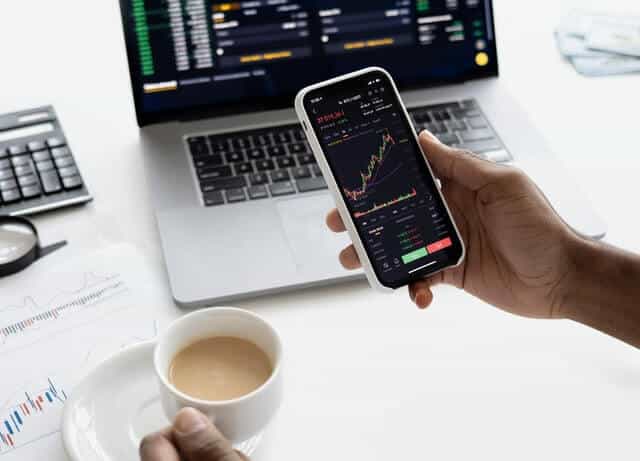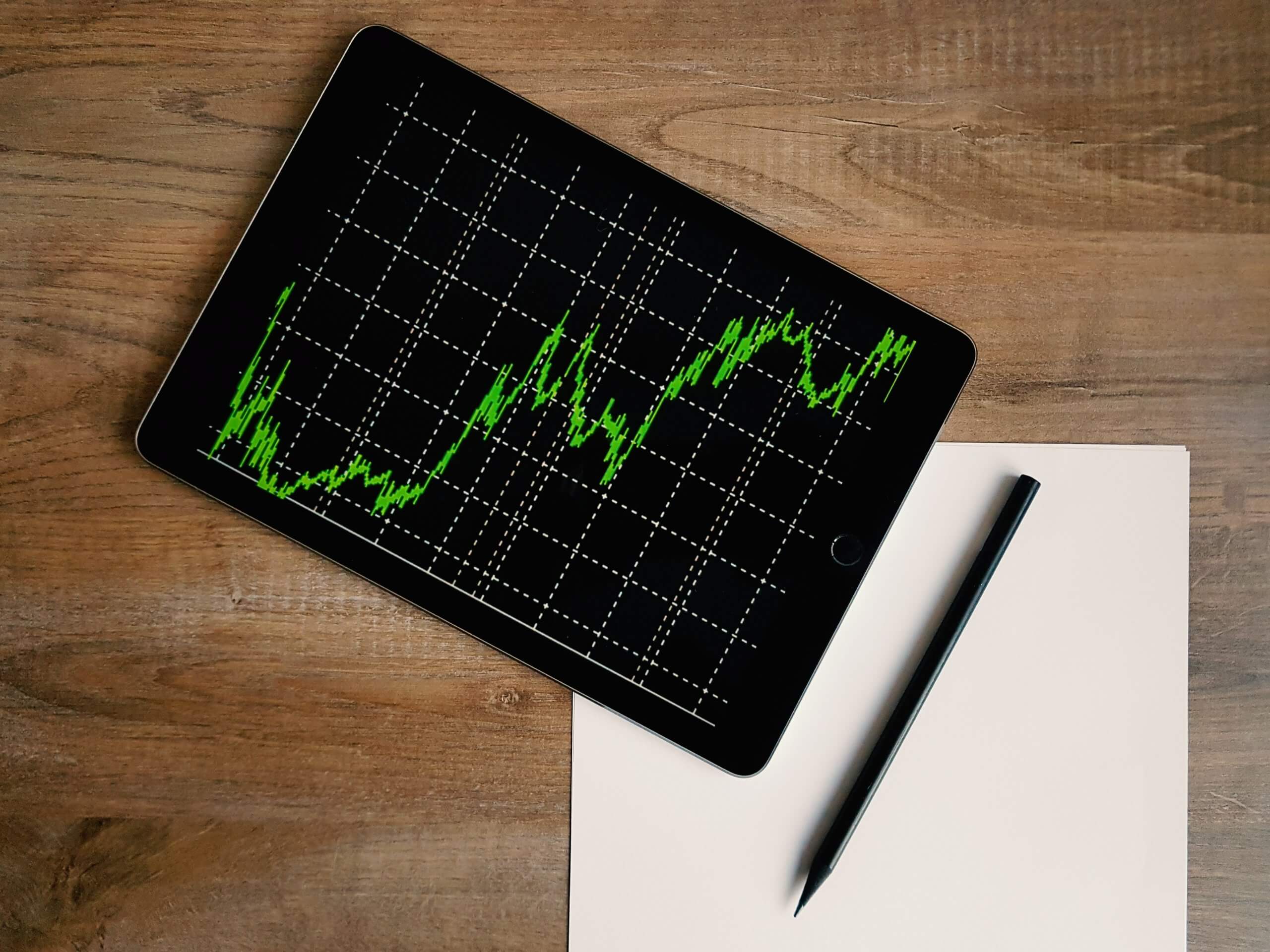Bitcoin derivatives trading is based on operating contracts and not buying/selling the underlying asset, through certain conditions presented by the market. Trading these derivatives of Bitcoin and other cryptocurrencies generate a commission for each transaction that is carried out. Bitcoin trading fees exist in all exchanges (or at least those that really work) and although it sometimes affects us (in terms of money), every serious exchange company has a fee system for futures trading.
The bitcoin trading fees usually vary depending on the size of the order that is being entered into the market, and although the trading platforms have their own commission rates, the difference is not usually very large.
Disclaimer: this post should not be considered investment advice. This is only for educational purposes only. Never invest more than what you are able to lose and always ask for information to your professional financial advisors. We are not financial advisors.
What are Bitcoin trading fees?
Bitcoin trading fees are commissions charged by exchange companies that offer trading services for bitcoin and the cryptocurrencies that exist within the crypto market. These fees are a product of processing the orders, which will occupy a place within the exchange market and will be filled once the price reaches the specified levels.
Multiple exchange platforms establish their own trading fee system where they choose a specific percentage for a certain type of leverage. For example, if the fees for a BTC/USD order are 0.01% and the user creates an order with 10x leverage, when the order is fulfilled or canceled, 0.1% of the total transaction size will be deducted.
Taker and maker fees – How does it work?
In the cryptocurrency market there will always be two sides; Those who create an offer in the market, and those who keep or fill that offer, no matter if it is a long or a short order. Those who create the offers are known as makers (for introducing liquidity to the market), while takers are all those who “take” these offers, reducing liquidity to the market, but adding volume. These terms are not exclusive to the cryptocurrency markets, but they are terms commonly used in the world of trading any kind of thing.
Through a record of orders created, exchange platforms allow users to see how active that market is, knowing the volume and being able to detect trends or movements. These markets implement the maker-taker model, which was created with the intention of generating and providing liquidity to them.
A liquid market is the best choice for a wise trader, as liquidity will be in charge of moving the price up and down and that is where traders operate. For this reason, platforms reward makers with discounts or rates much lower than takers when creating orders or operations in the order book of the exchange or market. These orders are the ones that, later, will be taken by the takers when they make offers that coincide with the previously created operations.
For any exchange platform, bitcoin trading fees are essential, since the profit that the company receives comes from these commissions. Some platforms decide to establish a considerable spread for Bitcoin and other cryptocurrencies, although in the end you end up paying the same for the services of the platform you use to enter your orders to the market.
Trading Bitcoin can make you a lot of money if you manage a nice risk/reward ratio, which also includes considering the transaction fees for every order.





















